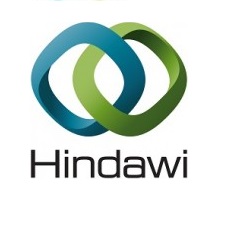4. Conclusion
Detailed safety assessment of sodium selenite and bio-Se was conducted and the results were compared and discussed in this work. In conclusion, in the acute toxicity test, LD50 of sodium selenite was calculated to be 21.17 mg/kg. LD50 of bio-Se obtained from yeast with different fermentation time (1 month, 3 months, 6 months) was calculated to be 0.7402 g/kg, 0.9153 g/kg, and 1.179 g/kg, respectively. In the genotoxicity test, micronucleus rate (‰), PCE/NCE, and sperm aberration rate (%) of sodium selenite at all dose groups were significantly different from the negative group, while bio-Se did not have significant difference with the negative group. In the 30-day subchronic oral toxicity study, sodium selenite may slow down the growth of rats and lead to organic damage to some extent. Bio-Se had facilitated effect towards the body weight of the mice and had no significant effect on the shape and function of the important organs of the mice. Therefore, from the results of the study presented herein, it may be concluded that bio-Se obtained from yeast after fermentation and transformation of sodium selenite had no significant toxicity and could be considered safe.








